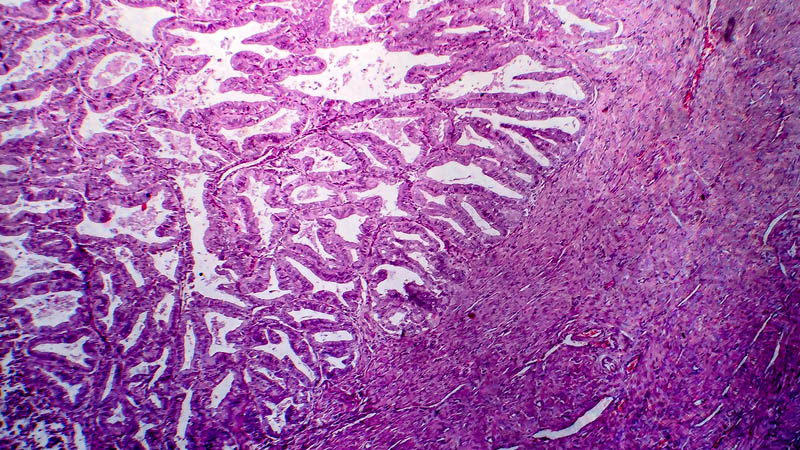PET/CT imaging in the diagnosis and treatment planning in recurrent ovarian cancer
 Affiliacja i adres do korespondencji
Affiliacja i adres do korespondencjiAim: The aim of the study was to assess the role of positron emission tomography with computed tomography (PET/CT) in monitoring patients after primary treatment of ovarian cancer and its usefulness in planning secondary treatment in patients with recurrence. We also attempted to determine standardized uptake value (SUV) thresholds typical for active neoplastic process, which are useful in making decisions on further therapy. Materials and methods: A total of 140 patients (mean age 57 years) treated between 2010 and 2014 due to recurrent ovarian cancer in two Polish gynecologic oncology centers were included in the study. Treatment in accordance with the standard treatment protocol for ovarian cancer, i.e. primary multiorgan cytoreduction, adjuvant chemotherapy, and the availability of full clinical data were the inclusion criteria. Gynecologic examination, transvaginal and transabdominal ultrasound, CA-125 measurement and 18F-fluorodeoxyglucose PET/CT were performed in the study group in the follow-up period after primary treatment. No PET/CT was performed in the control group. Results: Microscopic recurrence of ovarian cancer in the region of pelvic lymph nodes was found in 29 out of 34 patients with SUV ≥2.4 and in 6 out of 51 patients with SUV <2.4. SUV ≥3.5 for para-aortic lymph nodes was associated with recurrence in this region in 24/25 cases. SUV <3.5 confirmed recurrence in only 1 out of 60 patients. Conclusions: PET/CT is characterized by high efficacy in detecting recurrence after primary treatment. PET/CT performed in the study group as part of monitoring patients after standard treatment of ovarian cancer was associated with longer survival after secondary treatment compared to women without PET/CT follow-up. SUV threshold for active neoplastic process was 3.5 for para-aortic location and 2.4 for pelvic lymph nodes.









